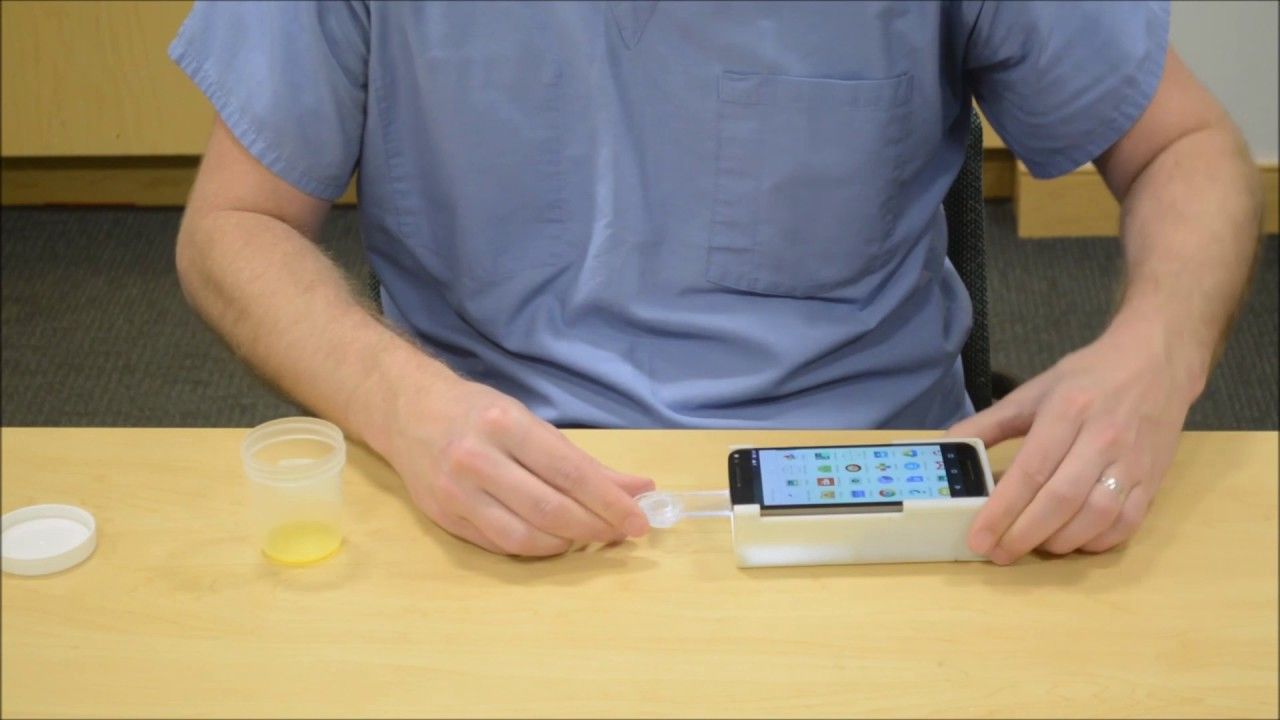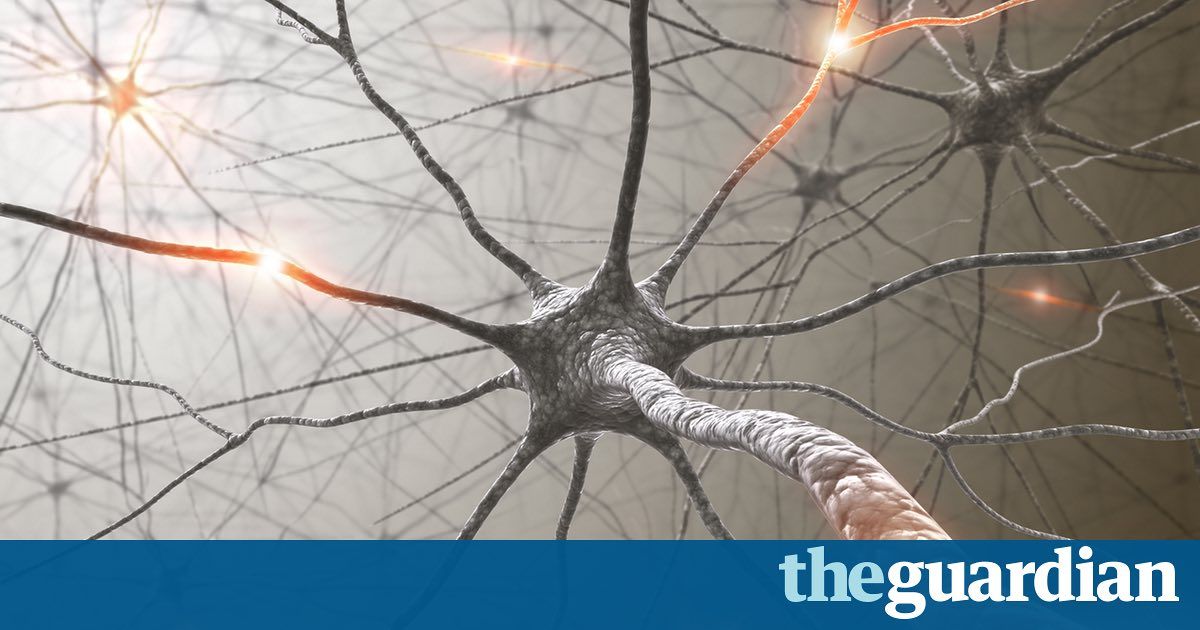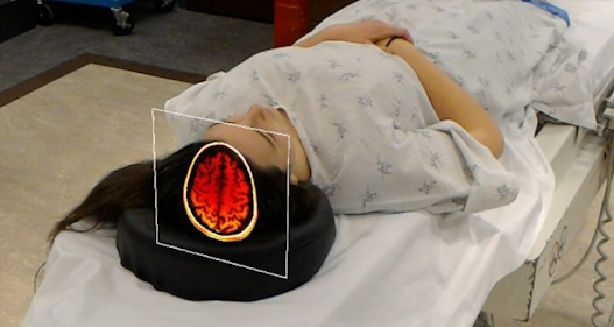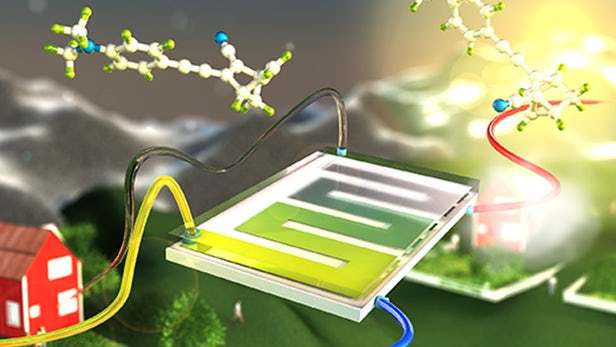Mar 26, 2017
A printable, sensor-laden ‘skin’ for robots (or an airplane)
Posted by Alireza Mokri in categories: 3D printing, robotics/AI, transportation
Illustration of 3D-printed sensory composite (credit: Subramanian Sundaram)
MIT researchers have designed a radical new method of creating flexible, printable electronics that combine sensors and processing circuitry.
Covering a robot — or an airplane or a bridge, for example — with sensors will require a technology that is both flexible and cost-effective to manufacture in bulk. To demonstrate the feasibility of their new method, the researchers at MIT’s Computer Science and Artificial Intelligence Laboratory have designed and built a 3D-printed device that responds to mechanical stresses by changing the color of a spot on its surface.
Continue reading “A printable, sensor-laden ‘skin’ for robots (or an airplane)” »

 Illustration of 3D-printed sensory composite (credit: Subramanian Sundaram)
Illustration of 3D-printed sensory composite (credit: Subramanian Sundaram)
















